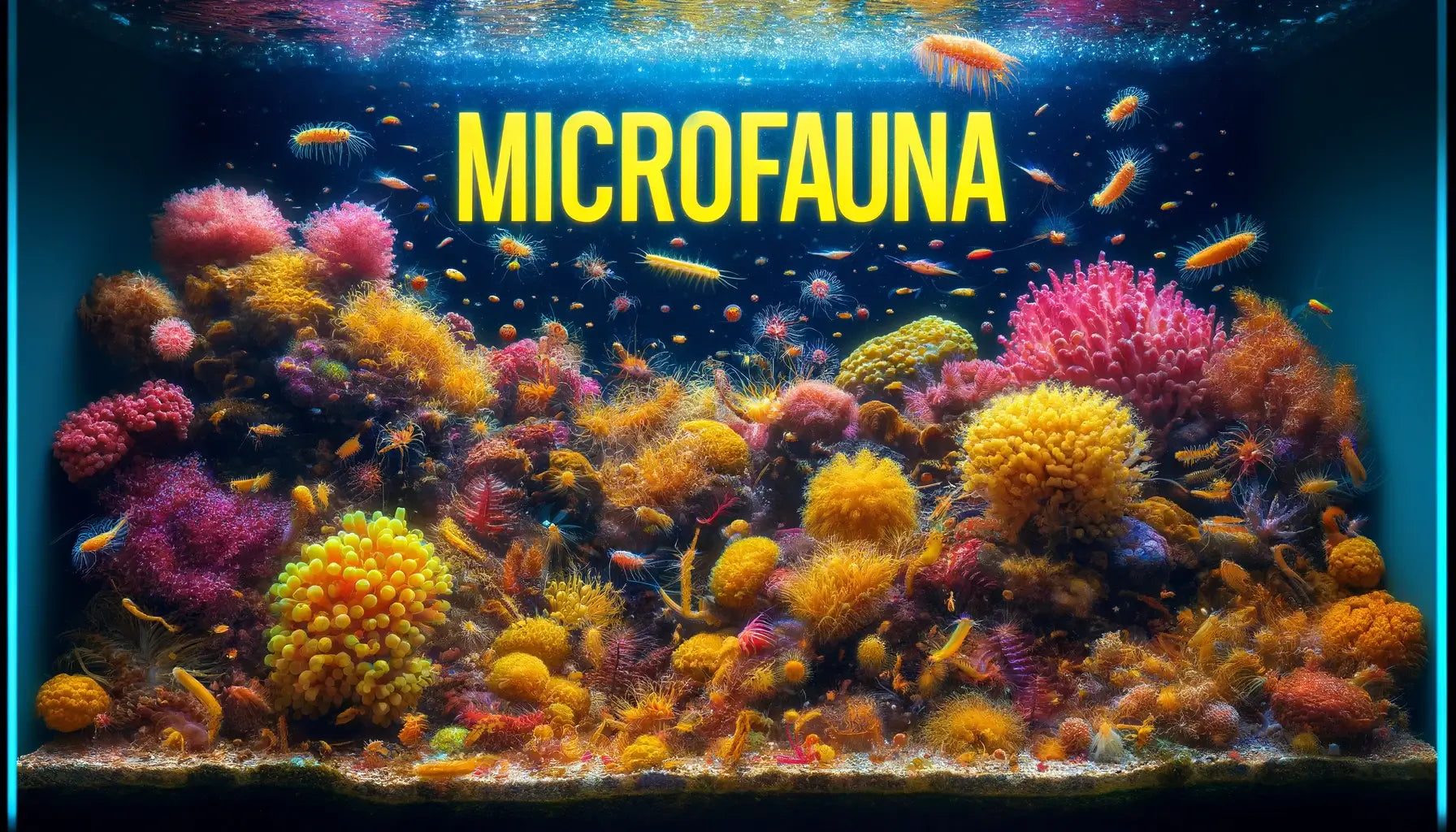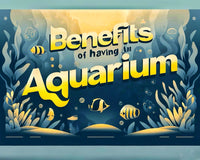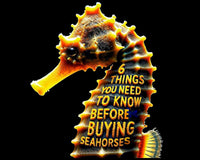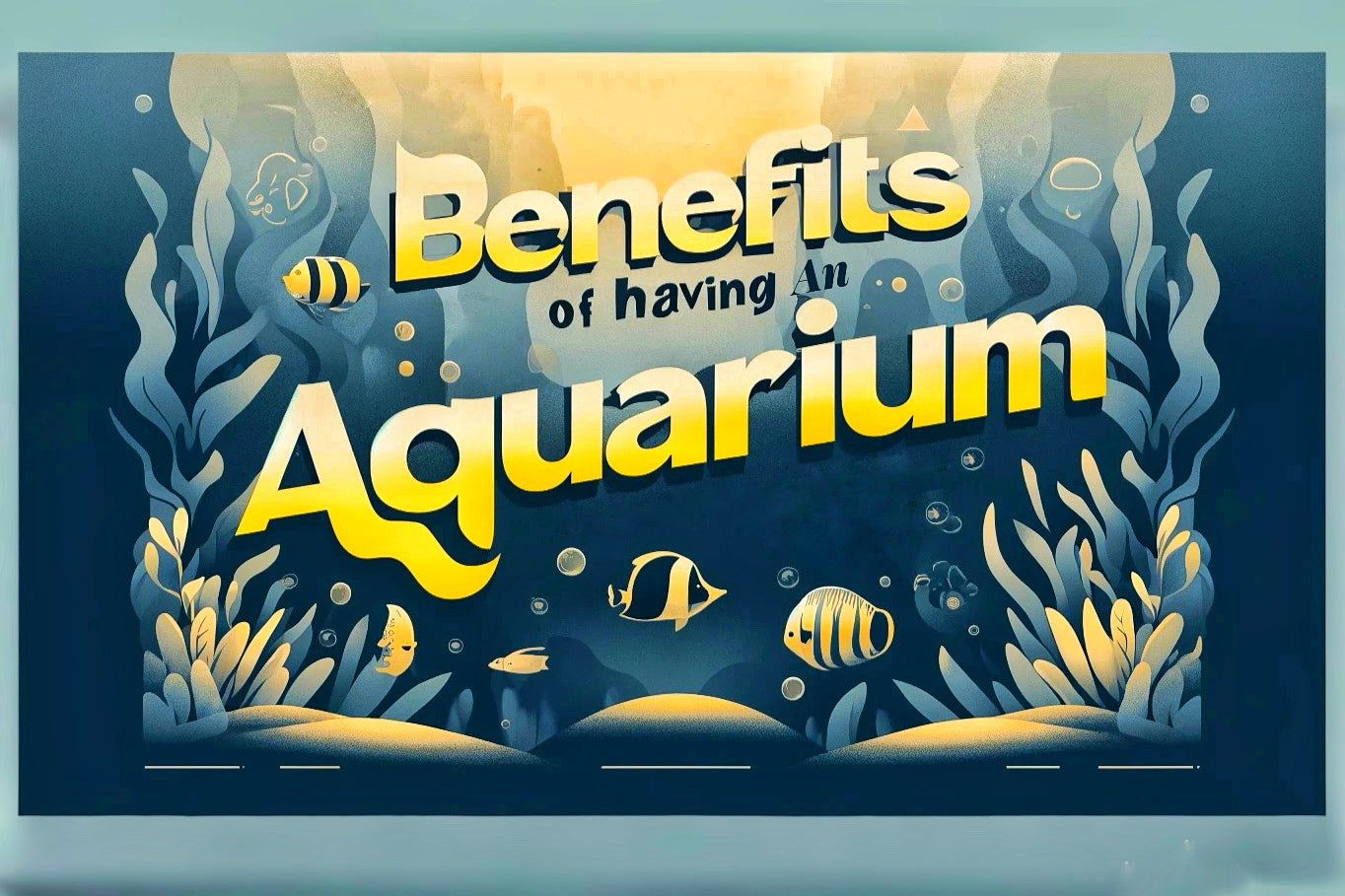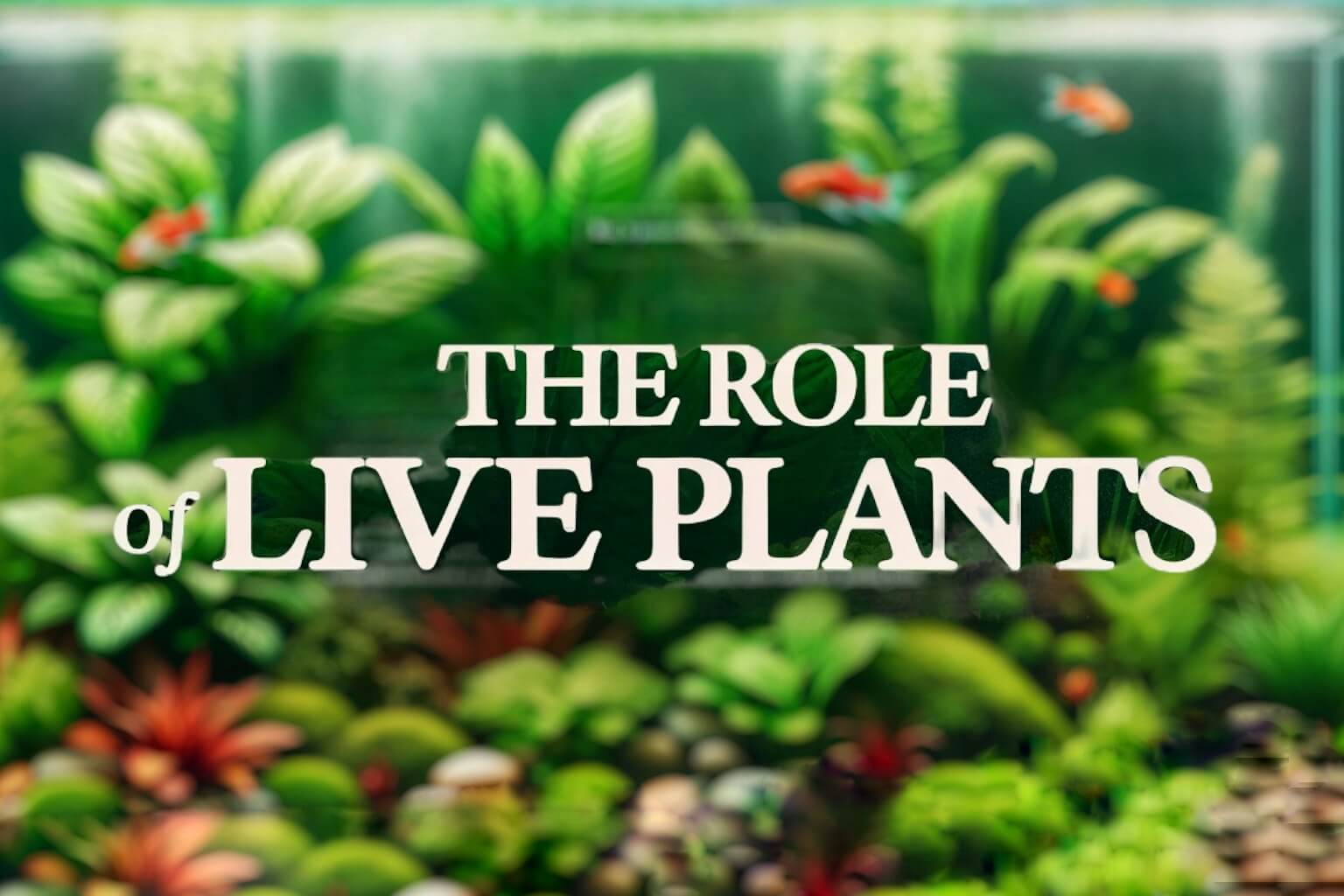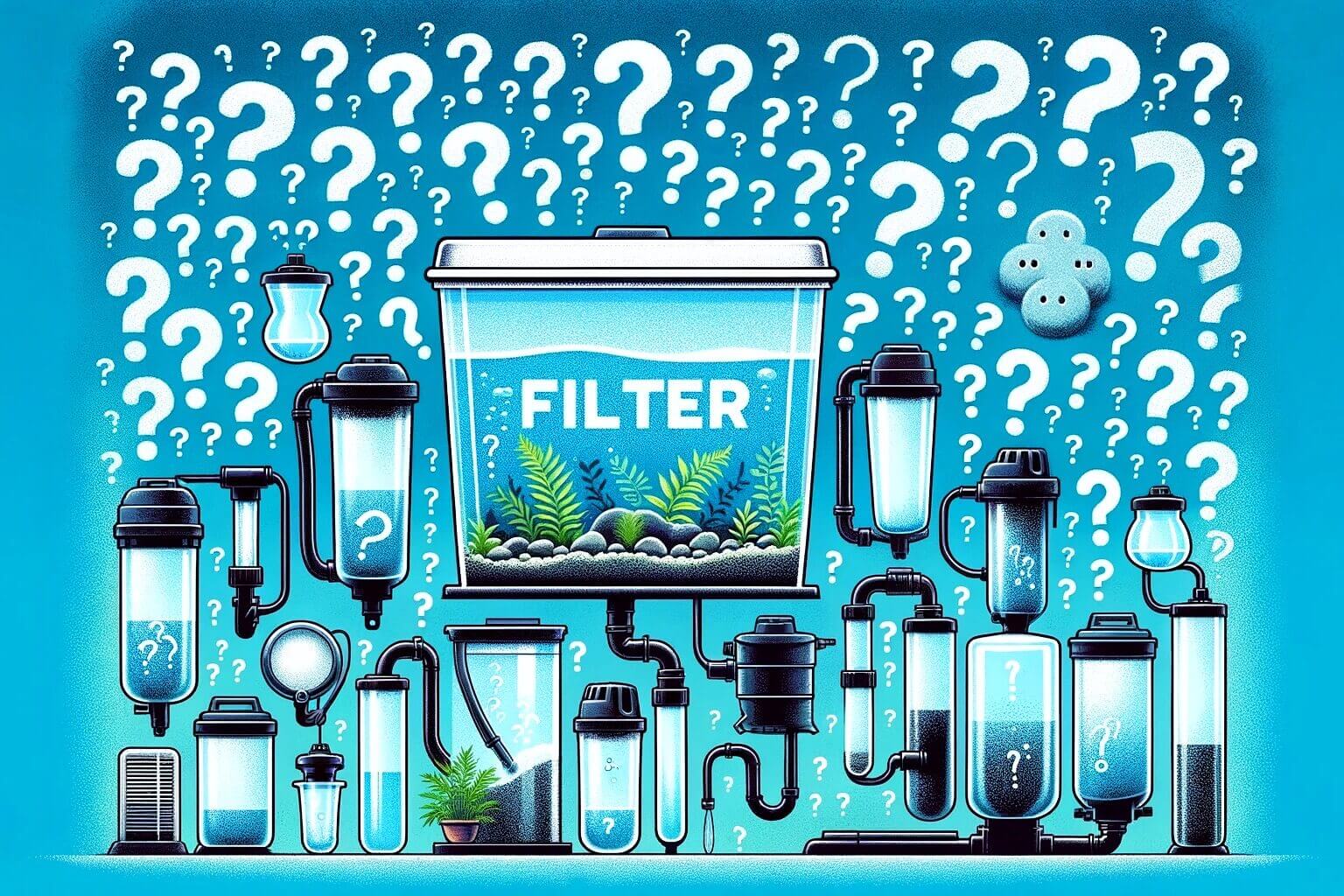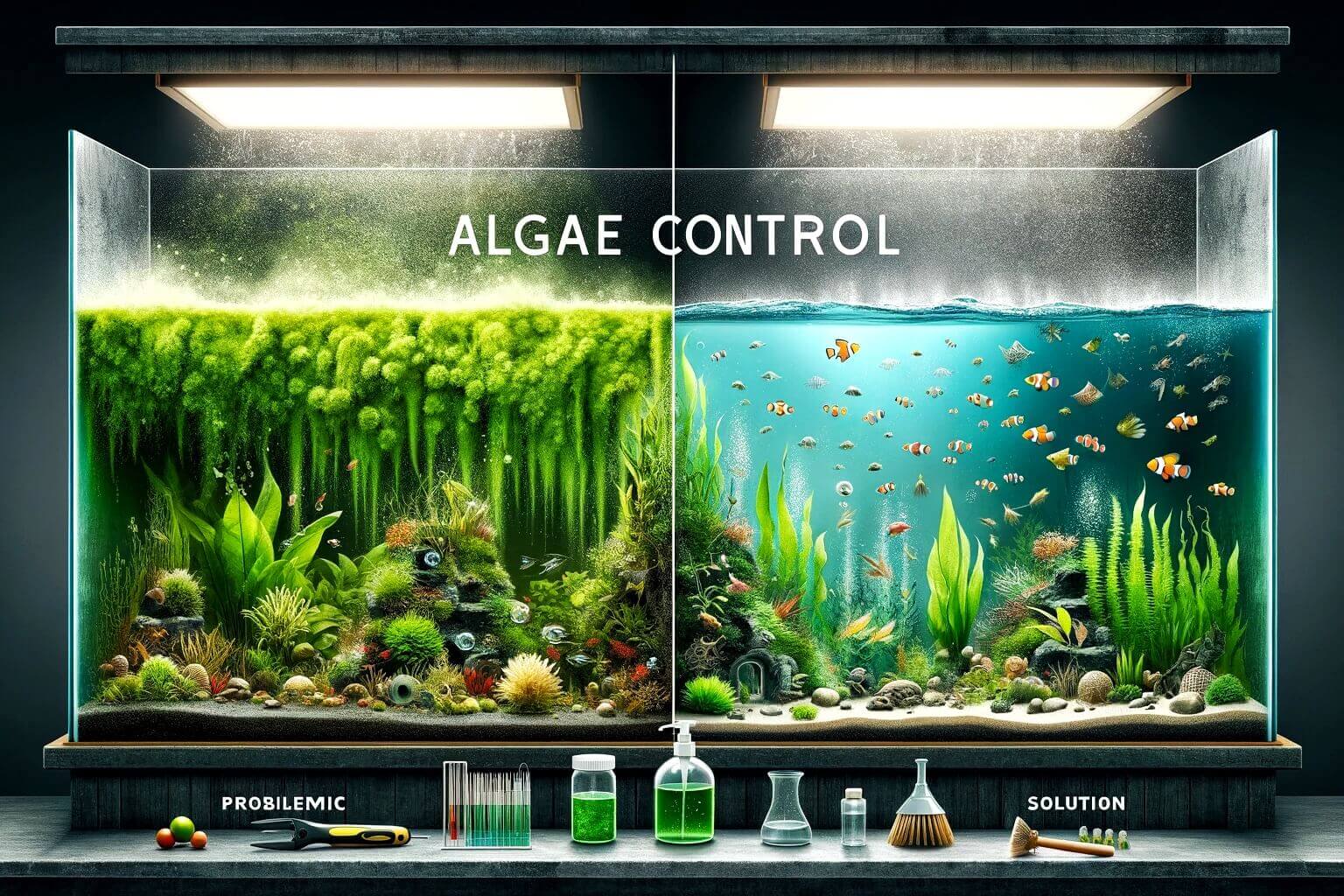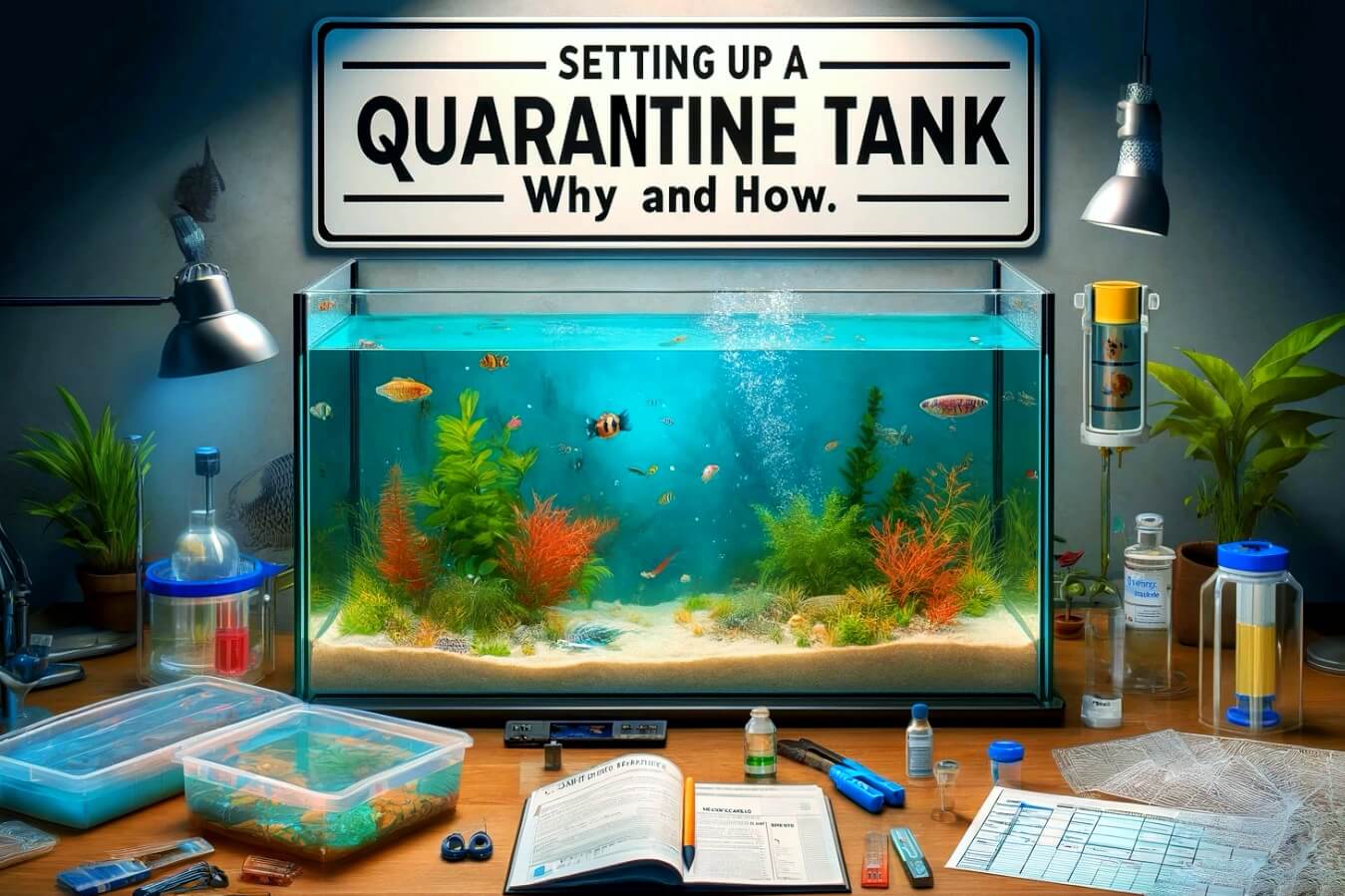Exploring the Crucial Role of Microfauna in Reef Tanks
Introduction to Microfauna in Reef Tanks
In the enchanting realm of reef aquariums, a miniature world thrives beneath the surface, populated by tiny yet significant organisms known as microfauna. Among these, copepods and amphipods stand out as key players, influencing the health and balance of reef ecosystems in profound ways.
The Unsung Heroes of Biological Filtration
Within the complex filtration systems of reef tanks, biological filtration emerges as a cornerstone for maintaining water quality and ecosystem stability. Copepods and amphipods, despite their diminutive size, play pivotal roles in this process, tirelessly scavenging detritus and organic waste to uphold pristine conditions.
Nutrient Cycling and Maintenance of Water Parameters
Delving deeper, we uncover how copepods and amphipods contribute to nutrient cycling within reef tanks, releasing vital nutrients in forms readily absorbed by corals and other organisms. Their diligent efforts not only maintain stable water parameters but also foster the growth and vitality of the entire ecosystem.
A Bounty of Nutrients: Microfauna as a Vital Food Source
Beyond their role in biological filtration, copepods and amphipods serve as a primary food source for numerous inhabitants of reef tanks. From mandarin fish to gobies and blennies, many species rely on these tiny crustaceans for sustenance, highlighting their importance in supporting a diverse array of life within the aquarium.
Cultivating Microfauna: Strategies for Success
Recognising the crucial role of copepods and amphipods, it becomes imperative to cultivate populations within the reef tank. To aid in this endeavour, providing ample hiding places and substrates for these microorganisms to thrive is essential. Additionally, supplementing the tank with microalgae and phytoplankton can further promote their growth and proliferation.
Increasing Microfauna in Your Reef Tank
-
Live Rock and Sand: Introduce live rock and live sand into your aquarium, as these provide natural habitats and hiding places for microfauna to thrive.
-
Refugium: Incorporate a refugium chamber into your filtration system, where copepods and amphipods can reproduce undisturbed. This area typically contains macroalgae, which serves as both a food source and habitat.
-
Feeding Live Foods: Occasionally introduce live foods rich in microfauna, such as phytoplankton or copepod cultures, into your tank to boost populations.
-
Avoid Chemicals: Minimise the use of chemical additives and medications in your reef tank, as these can negatively impact microfauna populations.
-
Regular Maintenance: Maintain stable water parameters, perform regular water changes, and clean mechanical filtration components to create an environment conducive to microfauna growth.
Common Microfauna in Reef Tanks
- Copepods (e.g., Tigriopus californicus, Tisbe spp.)
- Amphipods (e.g., Gammarus spp., Caprella spp.)
- Rotifers (e.g., Brachionus spp., Lecane spp.)
- Mysid shrimps (e.g., Mysidopsis bahia)
- Ciliates (e.g., Tetrahymena spp., Paramecium spp.)
Conclusion
In the intricate ecosystem of a reef tank, the importance of microfauna cannot be overstated. Copepods, amphipods, and other tiny organisms serve as the backbone of biological filtration, nutrient cycling, and as a vital food source for many inhabitants.
By understanding and cultivating these microorganisms, reef tank enthusiasts can create thriving ecosystems that mirror the beauty and complexity of natural reefs, promoting both water quality and biodiversity.

